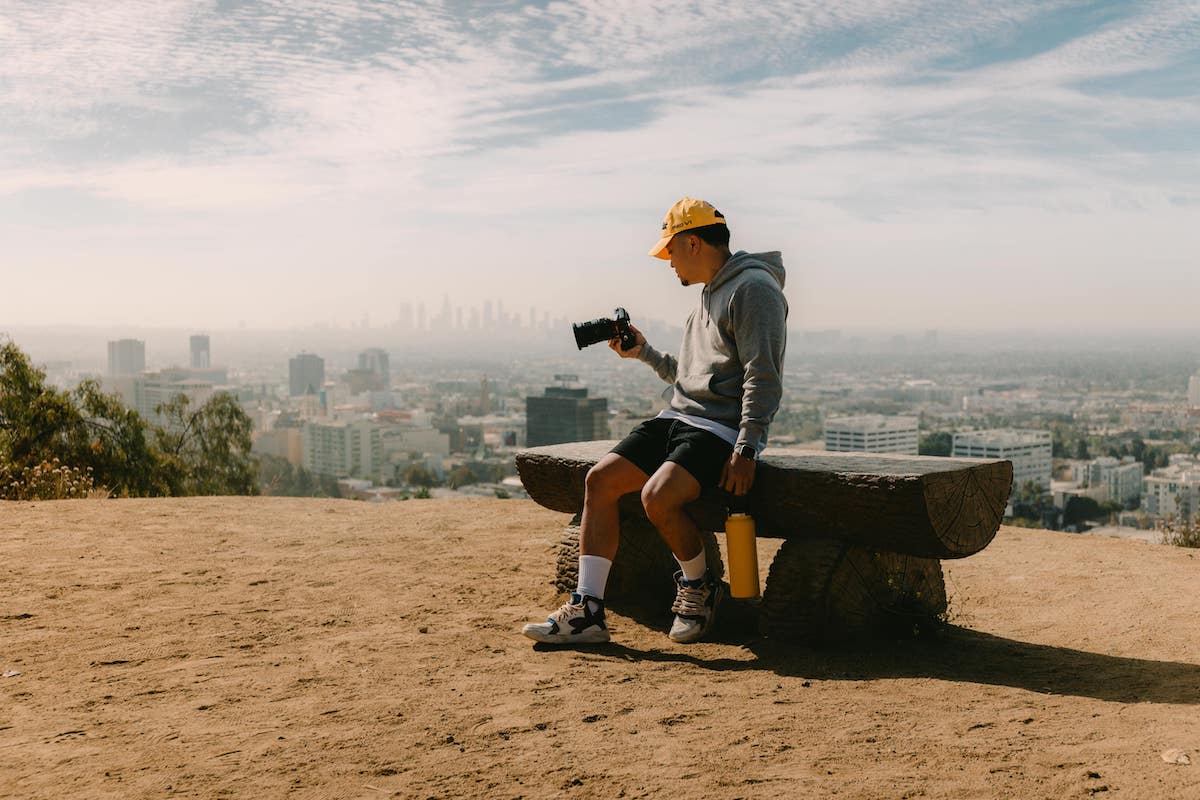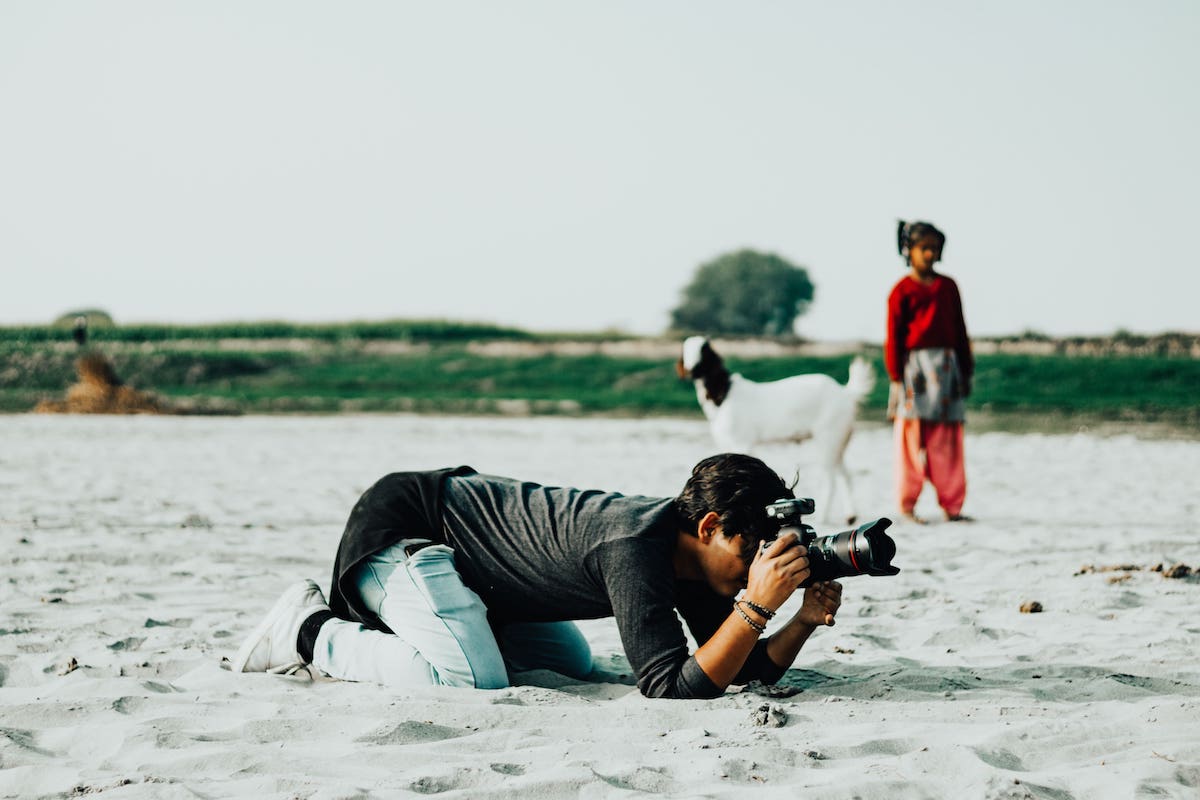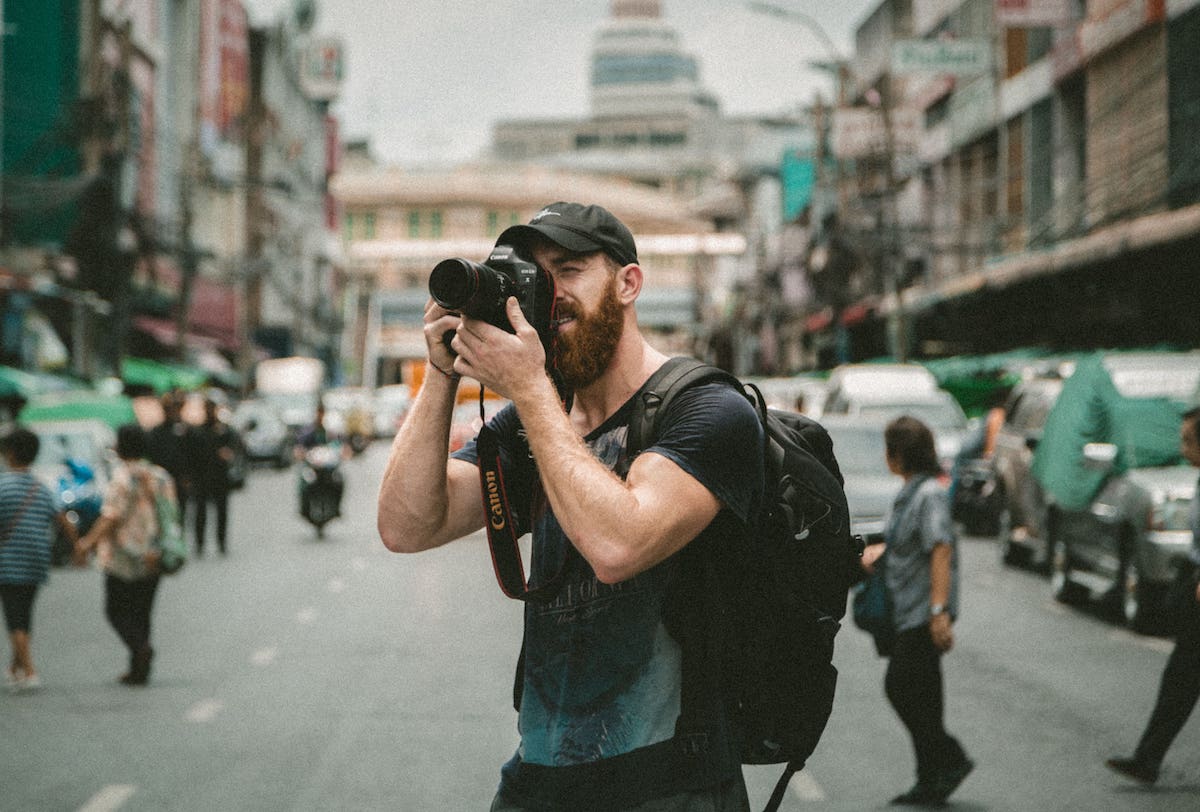10 Essential Terms & 22 Techniques for Getting Into Photography
Rent film gear from local filmmakers.

Rent film gear from local filmmakers.
Are you new to the whole photography world and get confused whenever you read an article full of slang? Fear not because we're here to help!
In this article, you will learn everything you need to know about the different terms in the photography world!
10 essential photography terms

1. Aperture
It's a mechanism on a camera that controls the amount of light that hits the lens. The aperture of a camera is measured in f-numbers, and it affects the depth of field.
2. Aspect ratio
Aspect ratio refers to the ratio between the width and height of an image or screen.
The camera lenses' aspect ratios are typically 3:2 or 4:3. You usually use a standardized aspect ratio, making it easier to project the image/video.
3. Depth of field
Depth of field (DOF) refers to the distance between the farthest and the closest object within the frame.
The depth of field is determined by the aperture, focal length, and distance to the subject.
4. Dynamic range
Dynamic range is the luminance range between the lowest and highest light intensities. The dynamic range of your lens is something you should be aware of. If you're not, you might over-or underexpose your photo.
5. Exposure triangle
The exposure triangle refers to the Aperture, Shutter Speed, and ISO. All three settings need to work together to create the correct exposure.
6. Focal length
Focal length refers to the distance between the camera sensor and the center of a lens. The space is measured in millimeters.

7. F-stop
F-stop, or f-number, refers to the ratio of the lens' focal length to the diameter of the entrance pupil. It essentially refers to the aperture level.
8. ISO
ISO refers to the camera's level of light sensitivity. It's a setting that you can change, depending on the light available.
The higher the ISO, the better your low light performance will be, but the grainier your footage will be.
9. Shutter speed
Shutter speed refers to the time the shutter is open when taking a picture. The longer it's open, the more light it lets in.
The longer your shutter speed is, the more the image is affected by any movement.
10. White balance
White balance refers to the setting in which you balance the color to try and make them look more natural.
Unfortunately, cameras do not work the same way as eyes, and colors can look different through the lens than they do to the human eye.
22 photography techniques and other terms

1. Aperture priority
Aperture priority allows you to set a specific aperture value and have the camera select a matching shutter speed to ensure the best exposure.
2. Bokeh
Bokeh refers to the out-of-focus areas of an image and is often used in portrait photography.
3. Bracketing
Bracketing is a feature that allows you to capture the same shot with different exposure values to ensure the scene is exposed correctly.
4. Burst mode
Burst mode is a setting used to snap pictures continuously while holding the trigger.
5. Bulb
Bulb is a camera setting that allows you to hold the shutter open for as long as you want.
6. Chromatic aberration
Chromatic aberration is an optical problem that happens in a lens, where it shows different wavelength colors.
7. Composition
Composition refers to the arrangement of visual elements in a photo.
8. Crop factor
Crop factor refers to a lens' effective focal length. It is the proportion of a camera's sensor size.
9. Digital vs. optical
Digital components use software, and optical components use physical parts only.
10. Exposure compensation
Exposure is a way to compensate for a brighter light/darker area.

11. Flash sync
Flash sync is a setting that determines when the flash will fire.
12. Hot shoe
The hot shoe is a slot used to add accessories to a camera.
13. Image stabilization
Image stabilization is a technology used to reduce the vibration effects on a camera. It counteracts movement and stabilizes the frame.
14. Metering
Metering is a feature that uses a light meter to measure the light in the frame.
15. Pixel
A pixel is the smallest unit of image information, and it's what every image is made up off.
16. Resolution
Resolution refers to the dimensions a camera sensor can capture in. It is measured in pixels.
17. RAW files
A RAW file is a format that saves the image just as the camera's settings capture it. It is the most detailed image format at the expense of a much bigger file size.
18. Shutter priority
Shutter priority is where you set the shutter speed, and the camera matches the aperture relative to it.
19. TIFF
TIFF means "Tagged Image File Format," which refers to a file format that is extremely useful for images that should be printed. That's because TIFF images don't lose data during post-processing.
20. Viewfinder
A viewfinder is the camera part you use to see the image that's being captured. You can either have an optical viewfinder or an electronic viewfinder.
21. Vignetting
Vignetting refers to the relative darkening of image corners compared to the light levels of the center.
22. Zoom
Zoom is something you can do with a zoom lens, where you can change the focal length to make subjects appear closer than they are. This is useful when there's a distance between you and your subject.

Become a better photographer
I hope you learned something about the different terms you can find in photography!
If you want to learn more techniques for your pictures, you can read our article on photography. Here you'll learn everything you need to know about different camera techniques!
What is bokeh in photography terms?
Bokeh refers to the out-of-focus areas of an image.
What are the 7 elements of photography?
Line, shape, form, texture, color, size, and depth.
What is slang for a photographer?
Photog or shutterbug.























